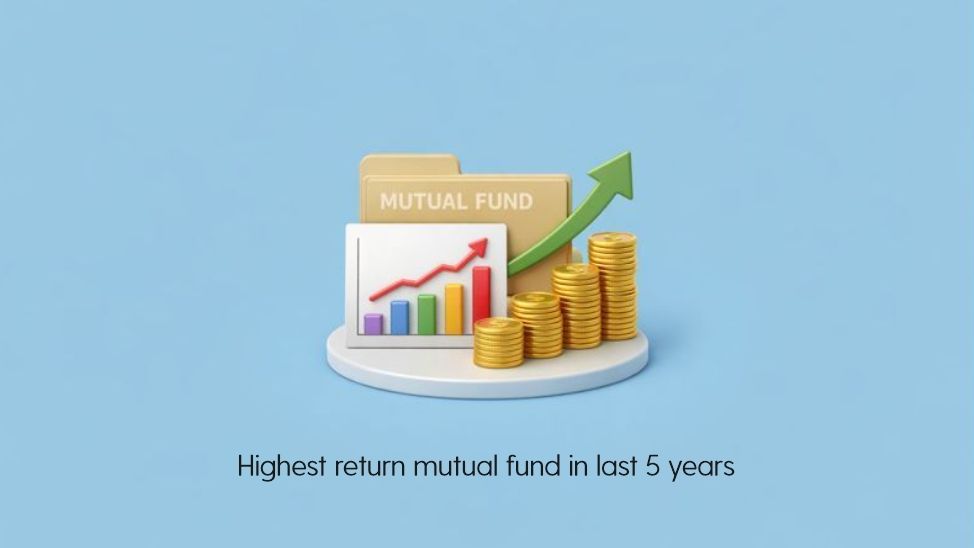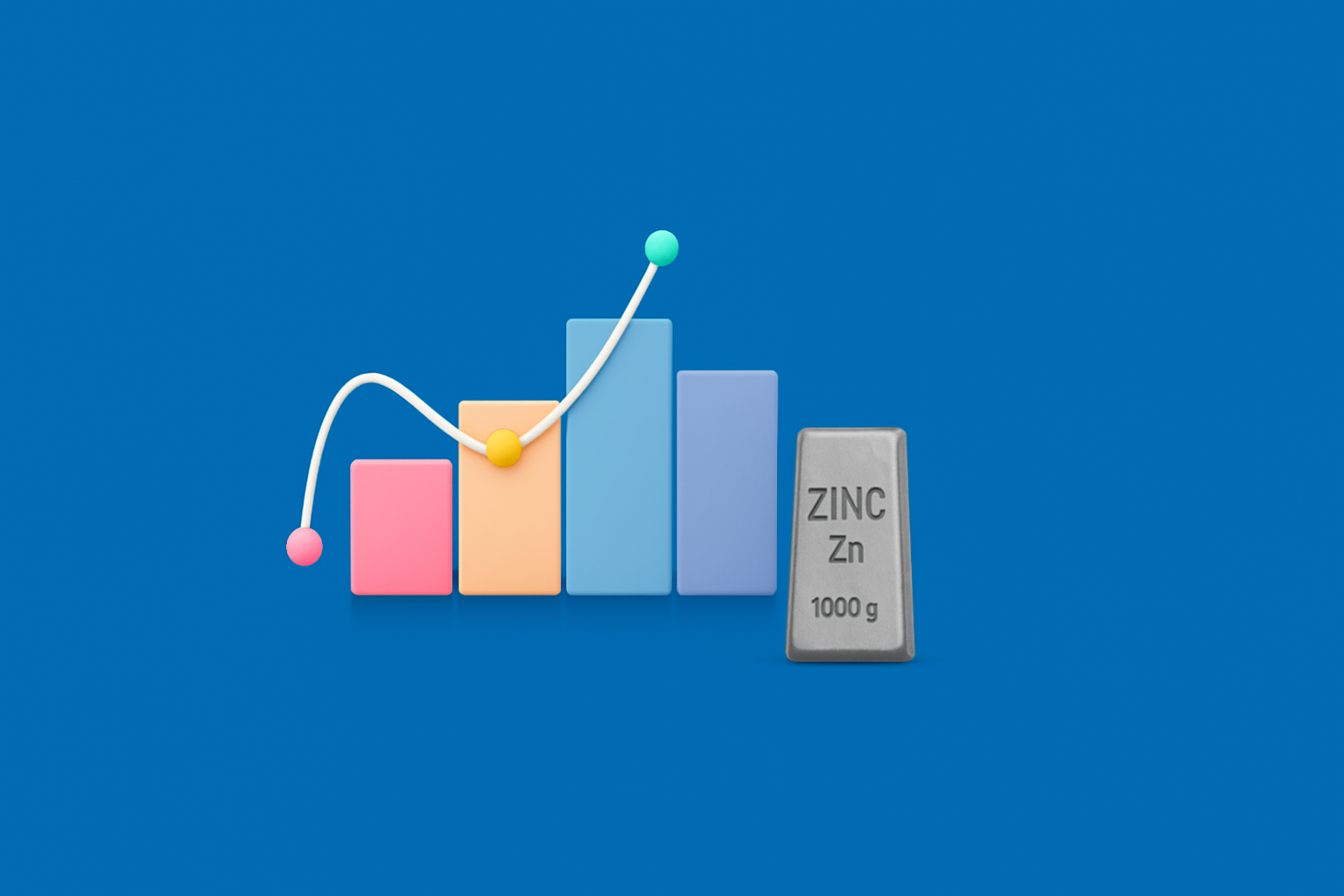What is PEG Ratio?

- Published Date: October 03, 2024
- Updated Date: November 18, 2025
- By Team Choice
The fundamental analysis of stock is more valuable for investors. Digging into the company's financials and calculating ratios based on the numbers in the income statement can be challenging. However, the metrics can help you make better investment decisions. Always ensure that you compute multiple financial metrics to figure out the underlying economic strength of a company. Price to Earnings ratio, PEG ratio, is one of the most popular financial metrics. It can show the evaluation of a stock considering the potential for future growth. This blog analyses what is PEG ratio, how to calculate and interpret the results for choosing the best stocks.
What is PEG Ratio in Stock Market?
To understand the PEG ratio, you must first learn about the P/E ratio. The price-to-earnings ratio (P/E) compares the stock price to the earnings. It measures how much you pay for a stock for the earnings from the stock. A lower P/E ratio indicates that you pay less and get more earnings.
The PEG ratio connects the P/E ratio to the expected growth rate of a company. For an investor, a company that can grow big in the future has more value than a stock that costs less to get more earnings. Such growth companies can increase in value tremendously over the years.
The P/E ratio can be higher for growth companies than value companies. The investors have to pay higher, but they are investing in the potential growth. So, there is higher potential in the long term, even though near-term prices may be higher.
Investing in growth is valuable, but how far can you go? Investors need to know how much they can pay now to hope for growth later. Remember, the expected growth is only based on the company's current performance. Market conditions and company operations may result in a stock not growing in the predicted direction.
So, PEG calculation helps investors understand how much they can pay and invest in a company's growth. Essentially, it is a price you are willing to pay for the company's growth rate.
How to Calculate PEG Ratio?
The PEG ratio formula is simple.
PEG Ratio= P/E RatioEarnings per share growth rate
And P/E Ratio = Market price of stocks per shareEarnings per share
Let's understand with an example.
Company B recorded earnings of ₹15 lakh in FY 2022-23. The market price of its shares was ₹20, with 120,000 outstanding shares. The EPS saw a 3% growth compared to the previous year and is projected to grow by 4% next year.
EPS = ₹15,00,000 / 120,000 shares = ₹12.5
P/E = ₹20 (Share Price) / ₹12.5 (EPS) = 1.6
Projected Growth Rate = 4% for next year.
PEG Ratio = 1.6 / 4 = 0.4
Understanding PEG Ratio Meaning
The formula and calculation of the PEG ratio are simple and straightforward with a basic outlook. However, as you explore it, you can understand that it requires looking into the past and predicting a company's future.
For the PEG ratio, three components are essential:
- Stock price
- Earnings per share
- Expected rate of growth
Stock Price
The stock price is the current market price of the stock. It is an accurate value based on the current conditions and doesn't require an estimate.
Earnings per Share
Earnings per share are calculated based on a company's past performance. While past data cannot give you accurate predictions of future earnings, especially for growth companies, past data is still significant when calculating an estimate.
EPS can be calculated using TTM, trailing twelve months, only considering the past year's earnings. You can find this detail in the company's financial statement. Investors cannot know whether the past earnings aligned with the expectations. With this approach, you cannot know the future earnings prospects.
Another approach to calculating EPS is to use a consensus estimate. It uses the company's current earnings and position but cautiously includes a forecast to predict future earnings. This introduces uncertainty to the results.
Sometimes, investors also adjust reported earnings for capital expenditures. Every business must meet this expense to run its operations. Warren Buffet named it owner's earnings. A company must use a portion of its profits to maintain and manage specific equipment for its current operations.
Rate of Growth
The rate of growth is again an estimate derived using past growth rates. Investors who use this speculative growth rate should go back and analyse whether the growth rate in the past has reflected the future prospects. High-growth sectors may offer better potential. Analysing the sector will give an idea of whether the future growth will quicken or slow down.
So, PEG calculation essentially involves a few assumptions and estimates. Sometimes, the PEG ratio calculation differs based on the types of estimates used. While one method is not necessarily better, investors must understand how this variation occurs and make investment decisions with this knowledge.
What is a Good PEG Ratio?
After calculating the PEG ratio, the next question arises. You would want ot know whether the PEG ratio is good or bad.
- PEG ratio = 1 – It indicates a reasonably priced stock where the earnings from the share are appropriate for growth and valuation.
- PEG ratio < 1 – It suggests you are paying less for the stock than its earnings growth. The stock may be undervalued currently. Such stocks are potential investment goldmines for investors. However, you cannot blindly choose stocks just because the PEG ratio is less than 1. Much research is required about the industry, the performance of other companies, and the unique situation of the company stock under investigation.
- PEG Ratio >1 – Generally, a higher PEG ratio indicates an overvalued stock. The market is overestimating the stock's potential, and the growth may not justify the higher price paid. It is generally advised not to invest in overvalued stocks as a price crash is imminent.
Sometimes, you may come across stocks with negative PEG ratios. A positive PEG ratio clearly signals the undervaluation or overvaluation of stocks. Negative PEG ratios can be misleading. It could indicate deeper issues within a company.
Negative PEG ratios happen because of the negative EPF growth rate. Decline earnings, reduced profitability, operational inefficiency, or industry headwinds could cause a negative PEG ratio if the negative page ratio is due to a temporary market downturn. It can bounce back later. This is especially true for growth companies. However, if the negative ratio is due to a declining market, even an established company may be unable to recover.
So, when you encounter a negative PEG ratio, you analyse the company's competitive position in financial health and future prospects that could reverse negative earnings growth. The PEG ratio may turn around if the company is in one of the growing sectors. A negative PEG ratio is not always a red flag, but it requires a deeper investigation into the company's earnings and growth trajectory.
How to Compare Stocks Using PEG Ratio?
You can decide which stock to invest in based on its PEG ratio. Remember, the PEG ratio varies with every industry. What is considered a lower PEG ratio in one sector may not be the same in another industry. You can also check out the industry PEG ratio to determine whether the stock you are interested in has a lower PEG ratio than the industry average.
Let's understand the importance of comparing two stocks from the same industry based on P/E and PEG ratios.
Consider two tech companies, A and B. Both operate in the same industry, but their valuations and growth prospects differ significantly.
Company A
- P/E Ratio: 25
- Projected EPS Growth Rate: 35%
- PEG Ratio: 25 / 35 = 0.71
Company B
- P/E Ratio: 18
- Projected EPS Growth Rate: 25%
- PEG Ratio: 18 / 25 = 0.72
At first glance, B looks more appealing with a lower P/E ratio of 18 than A's 25. A lower P/E ratio often signals a cheaper stock relative to earnings, making it seem like a better investment; however, when you factor in growth using the PEG ratio, the picture changes.
A, despite its higher P/E ratio, has a stronger growth rate, leading to a PEG ratio of 0.71 compared to B's 0.72. This subtle difference reveals that A is actually the better value, as it offers more growth potential for each price unit. The lower PEG ratio highlights that A is more attractively priced when considering its growth prospects.
So, while B might look better initially, A wins out because its lower PEG ratio indicates a more favourable balance between price and future earnings growth.
You can use stock screeners to find companies with a PEG ratio of your choice. Below is a list of low PEG ratio stocks:
Conclusion
The PEG ratio gives an all-inclusive view of the stock since it takes into account both growth prospects and price. This index offers insight for investors to find a balance between paying an appropriate price for the stock and investing in future earnings potential. The P/E ratio allows you to view things from a very superficial standpoint. In contrast, the PEG ratio digs deeper and tells if the stock is truly undervalued or overvalued, considering any growth rate.
Ready to make informed investment choices? Explore Choice for expert guidance and tools to enhance your investment strategy today.
Recommended for you

Highest Return Mutual Fund in Last 5 Years

What Is Option Trading?

Zinc Future Price Forecast for Next Week
